Date: 25 Apr 2023
In Ayurveda, three doshas are called Vata, Pitta and Kapha and they are the main energy principles that determine the functions and states of the body and mind.
- Vata is the energy of movement and controls the movement of the body and thoughts. It is responsible for the activities of the nervous system, breathing, blood circulation and the use of energy. When Vata is balanced, it gives creativity, enthusiasm and intelligence, but when it is out of balance it can lead to anxiety, nervousness, difficulty sleeping, digestive disorders and bone and joint diseases.
- Pitta is the energy of transformation and controls metabolism, digestion and heat processes. It is responsible for the intellect, vision, skin sensitivity and the digestive system. When Pitta is balanced, it gives mental clarity, sharpness of vision and beautiful skin, but when it is out of balance it can lead to irritability, anger, heartburn and indigestion.
- Kapha is the energy of stability and controls the structure, weight and health of the body. It is responsible for the immune system, skin health and digestive system. When Kapha is balanced, it gives a sense of stability, deep sleep and good health, but when out of balance it can lead to lack of energy, heaviness in the body, excess weight, inertia and health problems.
Ayurveda is all about maintaining the balance between these three doshas to achieve optimal health and well-being of mind and body.
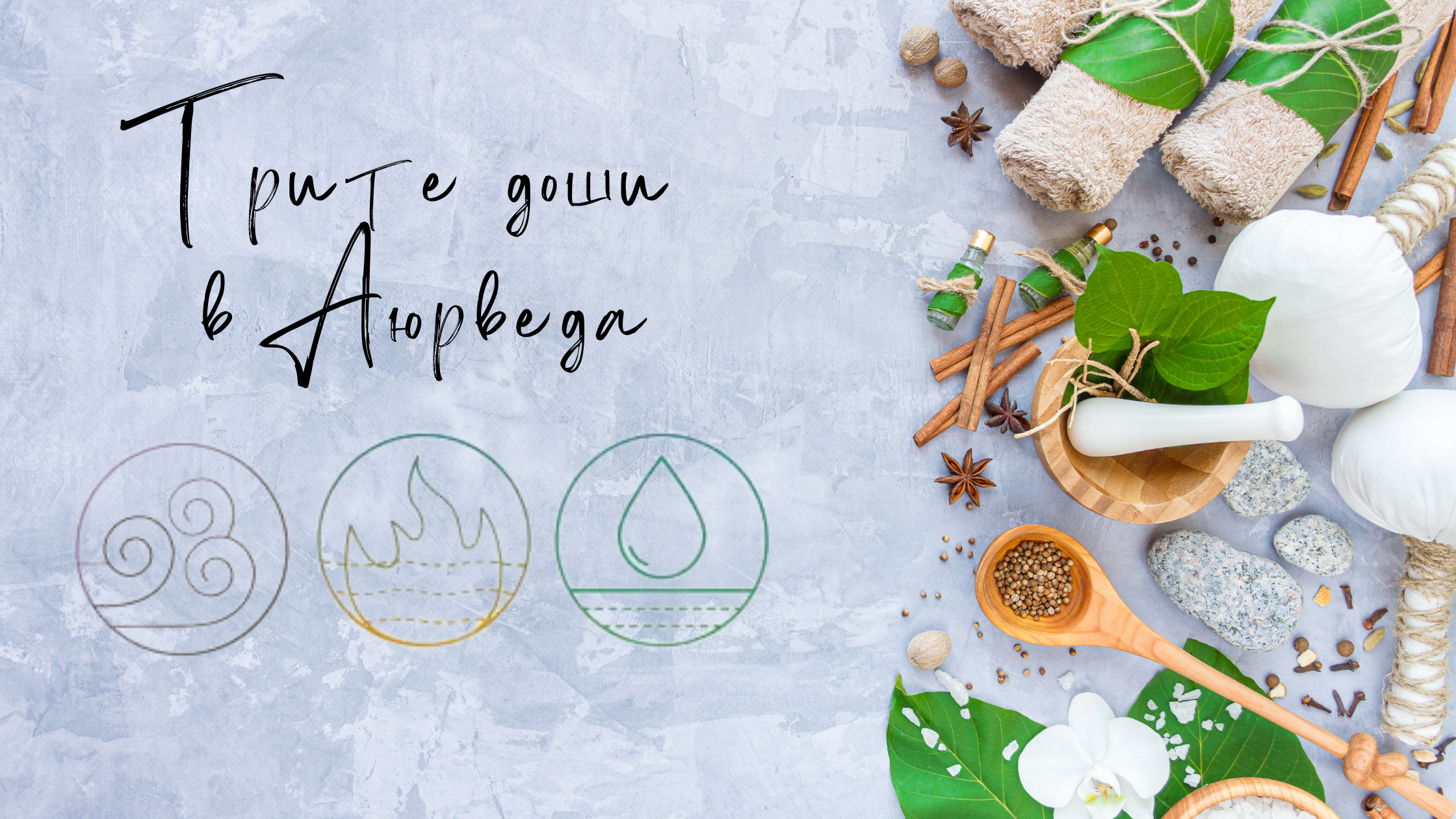
In Ayurveda, balancing the doshas includes several methods that are recommended to maintain the health and well-being of the body and mind. Here are a few of them:
- Nutrition: Food plays an important role in balancing the doshas. Each dose has a definition of foods that I increase or decrease. In Ayurveda, the principle of like construction applies. Therefore, to increase vata dosha, we should eat foods with opposite properties to its properties. This as Vata has properties such as cold and dry, for a person with predominant Vata reaches it is advisable to eat hot and oily food, etc.
- Yoga: asana, pranayama and meditation: Yoga is useful for balancing the doshas as it helps reduce stress and calm the mind. A more relaxed asana practice, balancing breathing practices such as nadi shodhana and meditation, is suitable for Vatta dosha. For pitta – cooling pranayama etc.
- Massage: Massage is helpful in balancing the doshas as it can increase blood circulation, reduce tension and relax the body. Various oils and techniques are used to balance the current doshas. Sesame oil is used extensively in Ayurveda. It is particularly suitable for Vatta and Pitta doshas due to its warming properties. Conversely, for Pitta dosha, a massage with cooling oils such as olive oil and coconut oil is suitable.
- Herbal Therapies: Herbal medicines and therapies are often used in Ayurveda to balance the doshas. Different plants have properties that can help balance the dosha definition.
- Lifestyle: Lifestyle is extremely important in achieving balance. In this sense, for a Kapha dosha who is prone to inertia, it is advisable to have more dynamism in his life. Conversely, Vatta dosha requires more calmness.
Now is the time to share that a person not only has a specific dosha for himself, but a certain period of his life, a totally different dosha can prevail. A little more clarification: In Ayurveda, the terms "prakriti" and "vikriti" are related to the concept of a person's constitutional type and their current state.
- "Prakriti" refers to the individual constitutional type of a person, which is determined by the combination of the three doshas - Vata, Pitta and Kapha, the ratio between them being determined at the time of birth. Each person has a unique prakriti that dictates what their physical, mental and emotional characteristics and tendencies are. For example, people with a predominant Vata prakriti are always dry, light and mobile, while those with a predominant Pitta prakriti are always warm, sharp and decisive, and people with a predominant Kapha prakriti are always stable, healthy and calm.
- "Vikriti" on the other hand, refers to the current state of the doshas in the body at a given time. This can be different from prakriti as external factors such as diet, environment and emotional stress can alter the balance of the doshas. So if one has Pitta prakriti but currently has a conflict in the body or mental anxiety, it is considered Vikriti. Another example, a person with a Vata constitution (dry and lean) may have a characteristic Kapha success, such as asthma. Then the recommendations that are given by an Ayurvedic specialist should be tailored to both doshas at the same time.
Understanding prakriti and vikriti is important in Ayurveda as it can help determine individual nutritional, treatment and lifestyle needs. Consultation with an Ayurvedic therapist can help determine the individual constitutional type as well as a way to maintain balance between the doshas.
Vata is one of the three doshas in Ayurveda and represents the elements air and ether. The following are the main properties of Vata:
- Laghu (light): light movements, with unsteady gait
- Ruksha (dry): Vata is dry, fat-free, weak.
- Shita (cold): does not tolerate the cold, frequent colds.
- Khara (Rough) – coarse hair, face, parts of the body
- Tikshna (Sharp) – quickly gets irritated, quickly understands, quickly likes, quickly forgets
- Vishada (transparent) – cracking of joints, cracking of skin
- Physical characteristics: thin; dry, thin hair; elongated, thin nails; small, crooked teeth; erratic eating habits; constipation, gas, insomnia, anxiety; least power
- Psychological Characteristics: Intelligent, inquisitive, talkative, prone to fear, anxious, windy, insecure
- Which organs it dominates: colon, empty spaces, bladder, rectum, thighs, mind, pelvis
Pitta is one of the three doshas in Ayurveda and represents the elements of fire and water. The following are the main properties of Pitta:
- Ushna (Warm): Pitta is a warm dosha and has great heat energy.
- Tikshna (Sharp): strong digestive potential;
- Amla (Sour): Pitta is acidic in nature and can cause acidity and heat.
- Kathu (Lyutiva)
- Visra (It smells bad)
- Liquid
- Penetrating
- Physical Characteristics: Medium build, warm limbs, moist skin, fair hair, eyes; with freckles; medium-sized forehead; medium nails;
- Psychological characteristics: energetic, dynamic, aggressive, leaders, bright-minded, dominant, critical
- Which organs dominate: small intestine, in the form of acid in digestive enzymes in the small intestine, bile juice, gastric juice, blood, sweat
Kapha is one of the three doshas in Ayurveda and represents the elements of earth and water. The following are the main properties of Kapha:
- Guru (Heavy): Kapha is a heavy dosha that can lead to feelings of heaviness and clouded thinking.
- Shita (Cold): Kapha is a cold dosha that can lead to feeling cold and sluggish.
- Snigdha (Fat): can lead to accumulation of fat in the body.
- Sthira (Stable) – stable body
- Shlakshna (Smooth) – smooth organs
- Pichila (Muddy)
- Mrudu (Soft) – softness of forms
- Manda (Slow) – slow movements
- Which organs it dominates: lung and stomach; cerebrospinal fluid; joints; upper stomach; adipose tissue
- Physical Characteristics: Curly, greasy hair; cold extremities; large body; large forehead; big lips; deep sleep; regular meals; smooth skin
- Psychological characteristics: sentimental, romantic, prone to attachment; shy; dependent; greedy; calm; more practically oriented; tendency to inertia and obesity;
The balance of Vata, Pitta and Kapha is essential for human health and well-being. When they are out of balance, they can lead to various health problems and diseases. Therefore, it is important to maintain balance through proper nutrition, physical activity, relaxation and other Ayurvedic practices.
- Foods that are good for balancing vata are those that are warm, fatty, heavy and moist. Here are some examples: Vegetables cooked in fat: zucchini, cauliflower, sweet potatoes, carrots, cucumbers, pickles, tomatoes, eggplant, green leafy vegetables (spinach, parsley, oregano, etc.)
- Fruits: Sweet fruits such as bananas, avocados, peaches, grapes, apricots, peaches, guavas and mangoes.
- Grain foods: oats, rye, couscous, quinoa, whole grain flour.
- Dairy products: milk, butter, cow's cheese, yogurt, cow's butter.
- Oils and olive oil: coconut oil, olive oil, ghee (cow butter without milk).
- Legumes: peppers, lentils, chickpeas, beans.
- Nuts: almonds, peanuts, pine nuts, cashews.
- Spicy spices: turmeric, cumin, cinnamon, ginger.
These foods help the vata to balance and reduce the possible feeling of coldness, dryness and lack of energy that is characteristic of an excessively enlarged vata. However, it is important to consult an Ayurvedic practitioner before starting to change your diet to ensure that the advice is personalized and safe for your health.
Foods that are good for balancing pitta are those that are opposite cold, bitter and moderately fatty. You should avoid hot, sour, alcohol, which increase Pitta dosha and eat green salads, mint, spinach, etc. Cooling ingredients.
- Here are some examples: Vegetables: cucumbers, cauliflower, green beans, carrots, green squash, spinach, parsley, dill, Brussels sprouts, green onions.
- Fruits: fruits like grapes, watermelon, peaches, apricots, pears, pomegranate, papaya, mango.
- Cereals: whole grain rice, quinoa.
- Dairy products: cow's cheese, yogurt, milk, cow's butter.
- Oils and olive oil: coconut oil, olive oil.
- Legumes: green lentils, mung beans (small green beans), red onion.
- Nuts: cashews, sunflower seeds.
- Spices: turmeric, cardamom, cumin, cinnamon.
These foods help pitta balance and reduce the possible feelings of anger, irritability, and excessive heat that are characteristic of excessive pitta.
- Foods that are good for balancing kapha are those that are light, dry, cool, and have a bitter or astringent taste. Kapha should avoid sweets.
- Here are some examples:
- Vegetables: spinach, Brussels sprouts, cauliflower, green squash, peas, artichokes.
- Fruits: apples, grapefruit, pears, pomegranate, apricots.
- Cereals: whole grain rice, quinoa.
- Oils and Fats: Ghee (also known as clarified butter), olive oil, linseed oil.
- Legumes: red lentils, mung dal, green onions.
- Spicy spices: turmeric, cumin, coriander, garlic, ginger.
- Tea: bitter orange tea, ginger, green tea.
These foods help to balance kapha and reduce the possible heaviness, fatigue and excessive sleepiness that are characteristic of excessively increased kapha.
It is important to consult an Ayurvedic practitioner before starting to change your diet to ensure that the advice is personalized and safe for your health.
This is a tiny part of the ocean that is Ayurveda. We hope you found it interesting.
To describe the properties of the different doshas, we have used the materials of the incredible Dr. Antoineta Zarkova (a leading doctor of AYURVEDA in Bulgaria).


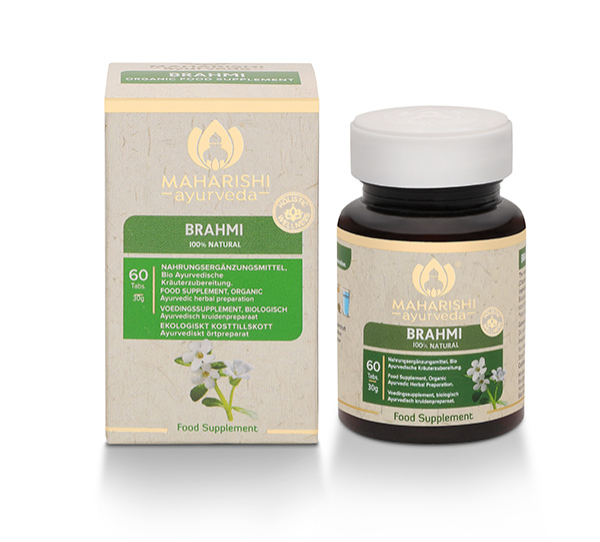
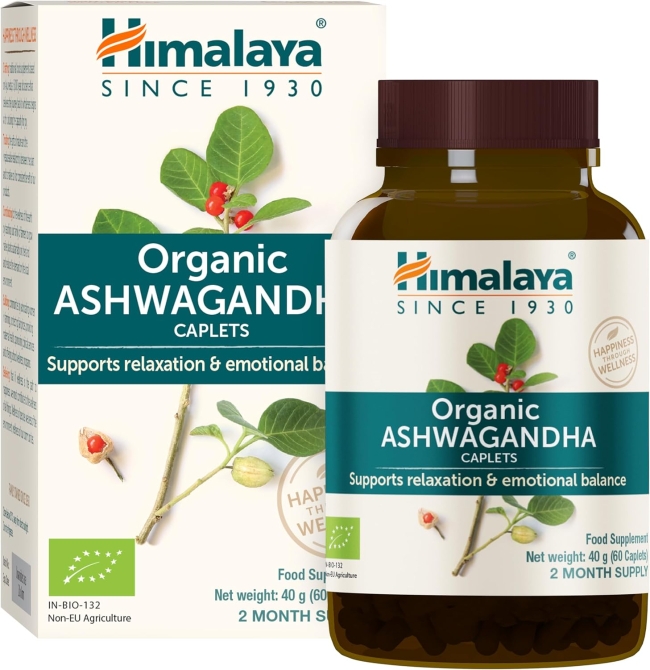
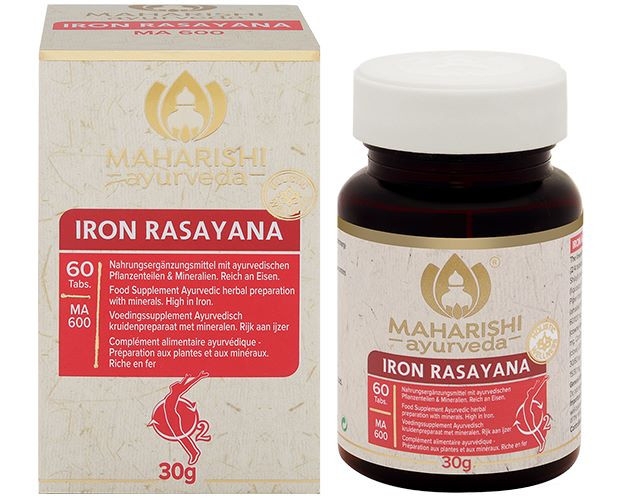

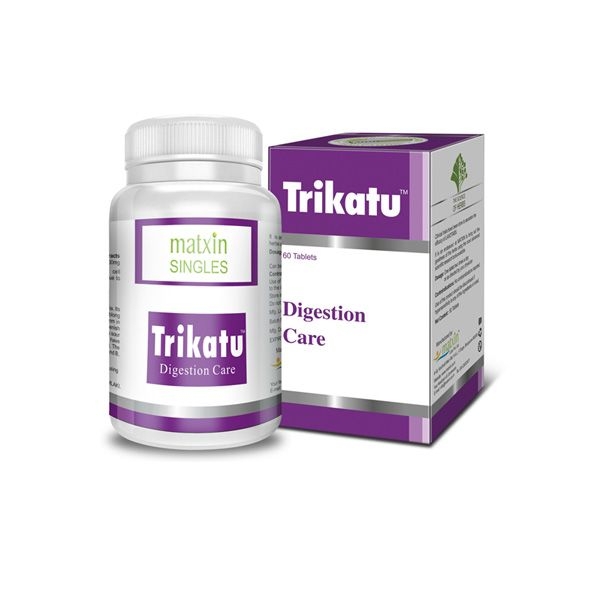

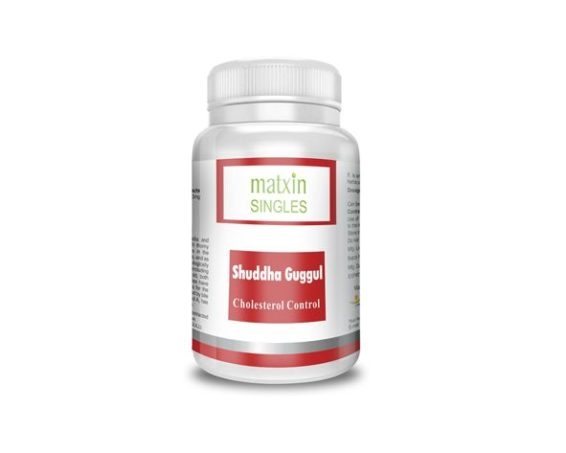
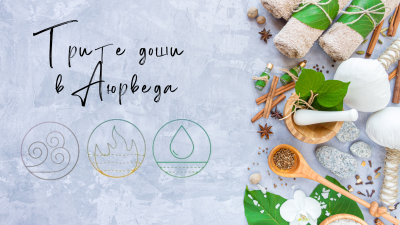

Post comment